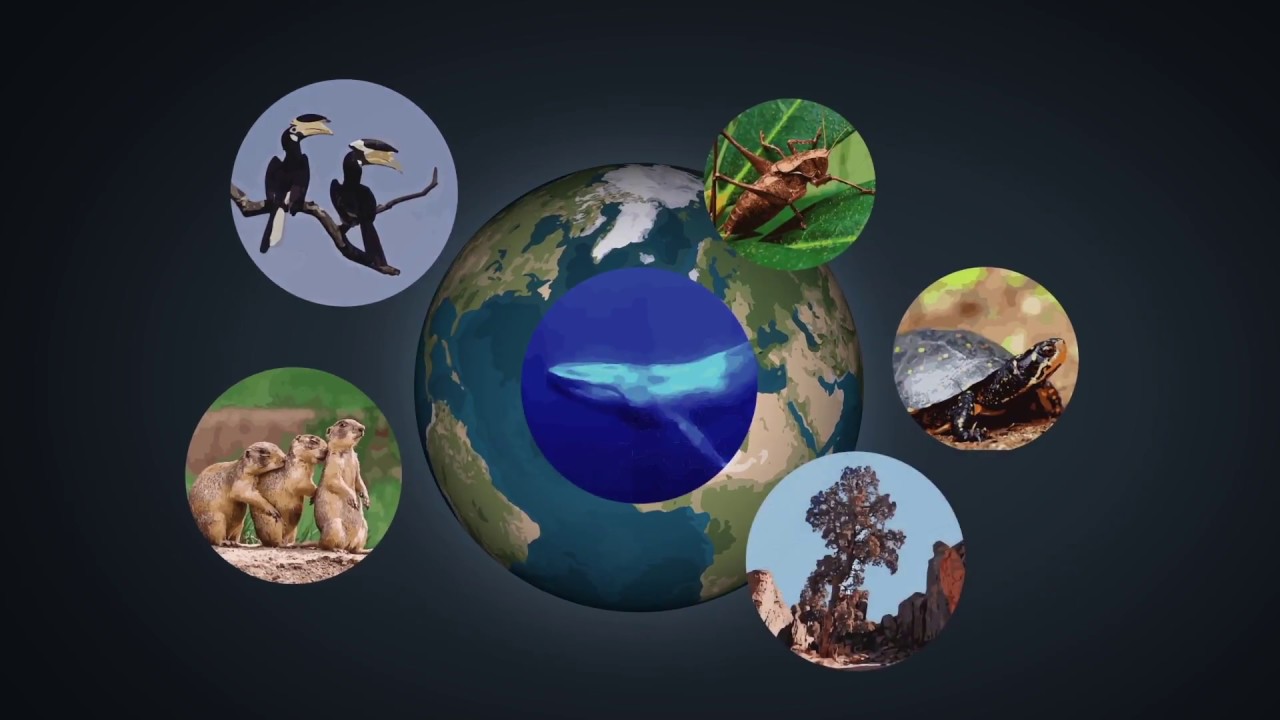Climate change is not only affecting the environment and human populations but also has significant repercussions on animals worldwide. From changing habitats to altered migration patterns, the impact of climate change on animals is profound and far-reaching. In this article, we’ll explore the various ways in which climate change is affecting different animal species and ecosystems.

Changing Habitats
Climate change is causing shifts in temperature and precipitation patterns, leading to changes in habitat suitability for many animal species. As temperatures rise, certain habitats become less hospitable, forcing animals to migrate to cooler areas or higher elevations. Conversely, some species may find their habitats disappearing altogether as sea levels rise and coastal areas become inundated with seawater. These changes can disrupt ecosystems and threaten the survival of vulnerable species.
Habitat Loss
As temperatures rise and sea levels increase, coastal habitats are disappearing. Posing a threat to species such as sea turtles, shorebirds, and coastal mammals.
Forest Fragmentation
Deforestation and habitat fragmentation exacerbate the impacts of climate change, leaving species like orangutans, tigers, and other forest-dwelling animals with dwindling habitats.
Altered Migration Patterns
Many animal species rely on seasonal migrations to find food, reproduce, or escape harsh weather conditions. However, climate change is disrupting these migration patterns by altering the timing of seasonal events such as flowering, hatching, and peak food availability. As a result, animals may find themselves out of sync with their natural environment, leading to mismatches in food availability and reproductive success. This can have cascading effects on entire ecosystems, affecting predator-prey dynamics and species interactions.
Timing Discrepancies
Changes in seasonal events such as flowering and hatching can lead to mismatches in migration timing, affecting birds, insects, and other migratory species.
Arctic Migrations
Rapidly melting ice in the Arctic is altering migration patterns for species like polar bears, walruses, and Arctic birds, threatening their survival.
Loss of Biodiversity
Climate change poses a significant threat to biodiversity by causing shifts in species distributions and disrupting ecological relationships. As some species are forced to move or adapt to new conditions, others may be unable to cope with the changes, leading to population declines or local extinctions. This loss of biodiversity can have far-reaching consequences for ecosystem functioning, as each species plays a unique role in maintaining the balance of natural systems.
Increased Extinction Risk
Perhaps the most alarming impact of climate change on animals is the increased risk of extinction for many species. As habitats become fragmented or disappear altogether, and environmental conditions become more unpredictable, some species may struggle to survive. This is particularly true for specialized species with narrow habitat requirements or limited dispersal abilities. Without intervention, climate change could drive numerous species to extinction in the coming decades.
Conservation Challenges
Addressing the impact of climate change on animals presents significant challenges for conservation efforts. Traditional conservation strategies may need to be reevaluated and adapted to account for changing environmental conditions and shifting species distributions. Protected areas may need to be expanded or modified to provide suitable habitats for species under threat, and conservationists may need to prioritize climate-resilient habitats and species in their planning efforts.
Conclusion
The impact of climate change on animals is a pressing concern that requires urgent action at both local and global levels. By understanding the various ways in which climate change affects different animal species and ecosystems, we can develop effective strategies to mitigate its impacts and protect biodiversity. Through concerted efforts to reduce greenhouse gas emissions, conserve critical habitats, and support climate-resilient ecosystems, we can safeguard the future of animals and ensure a healthy planet for generations to come.
